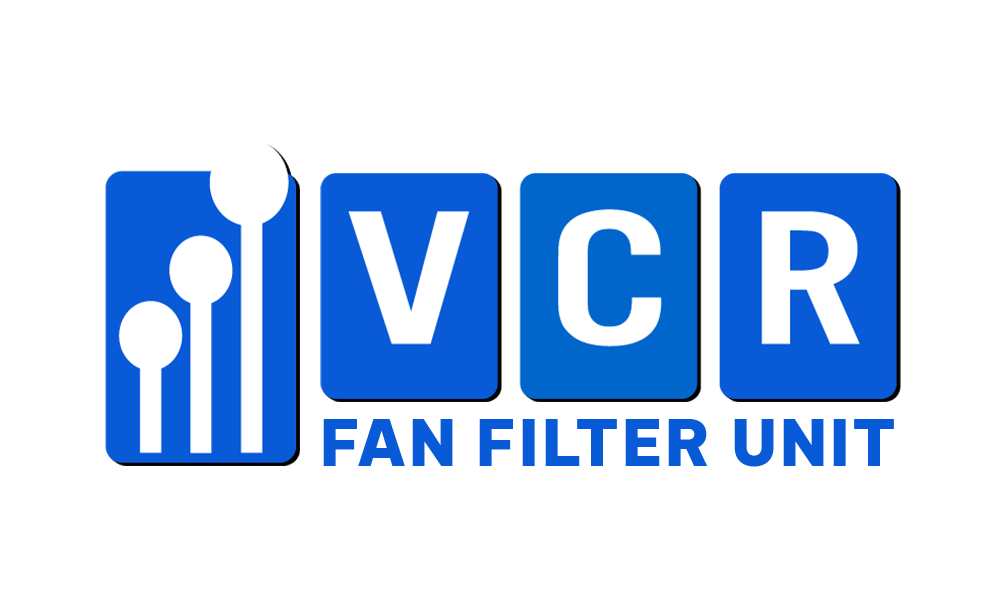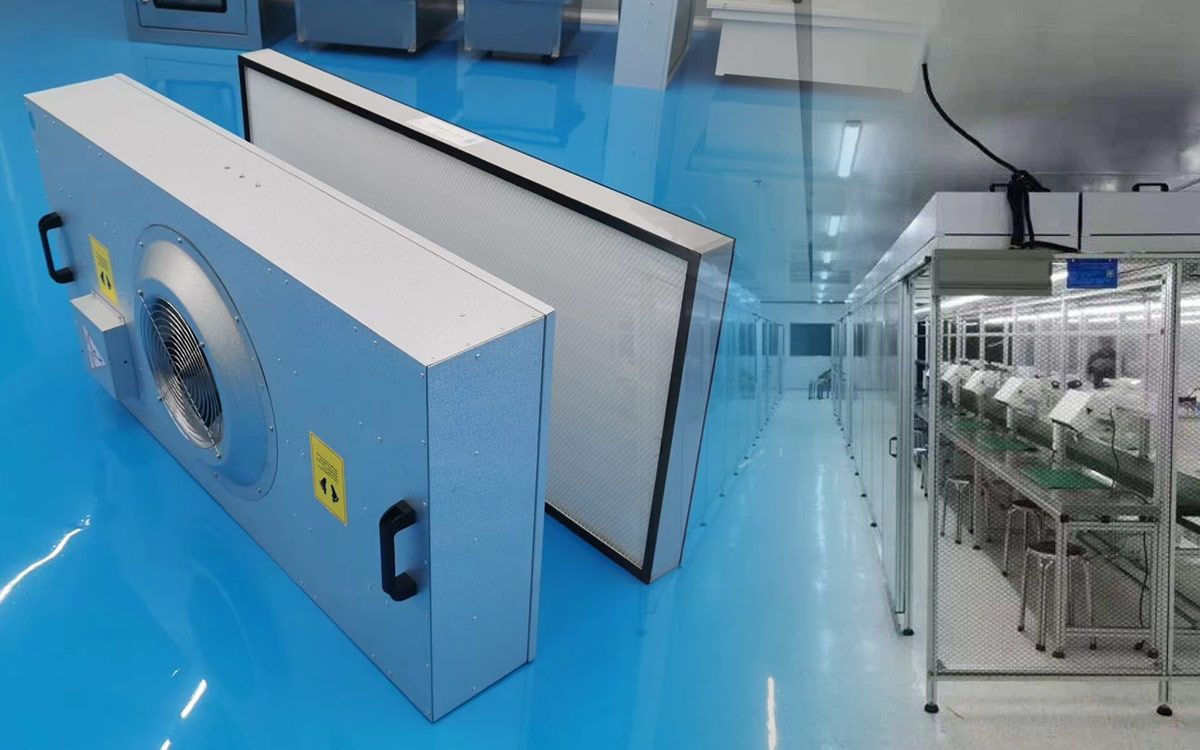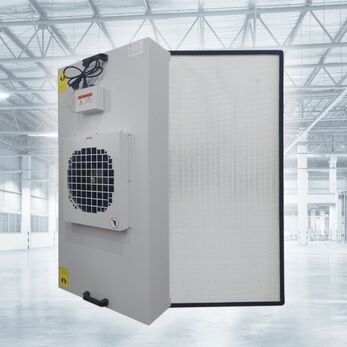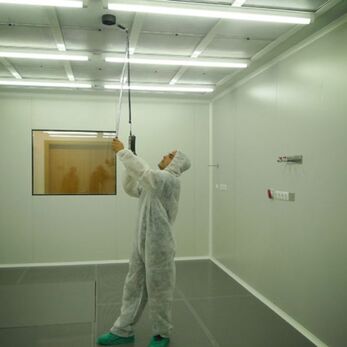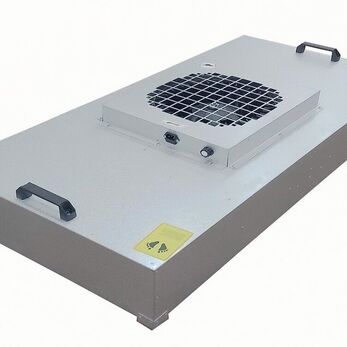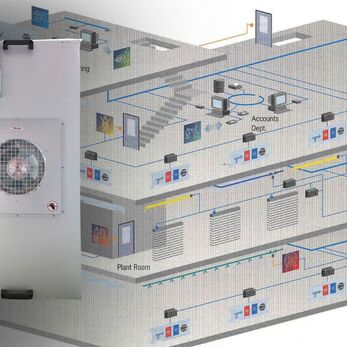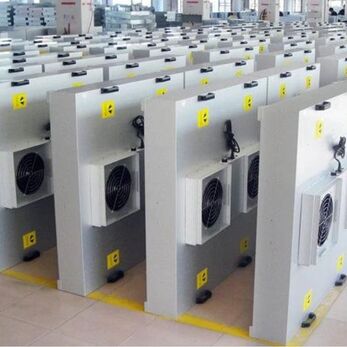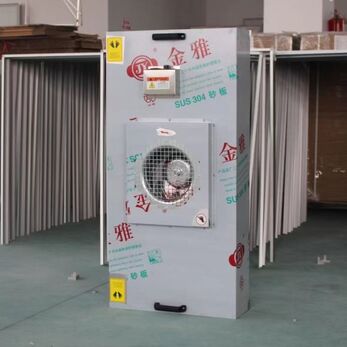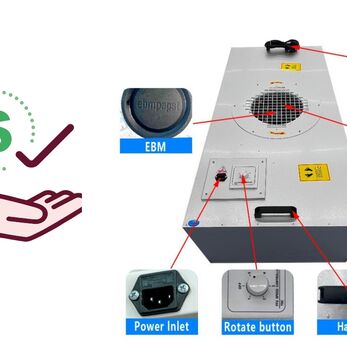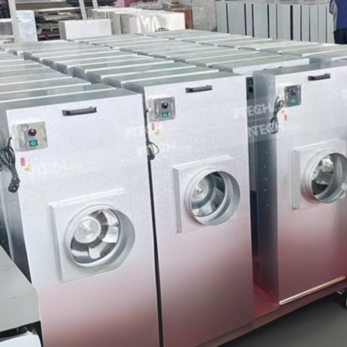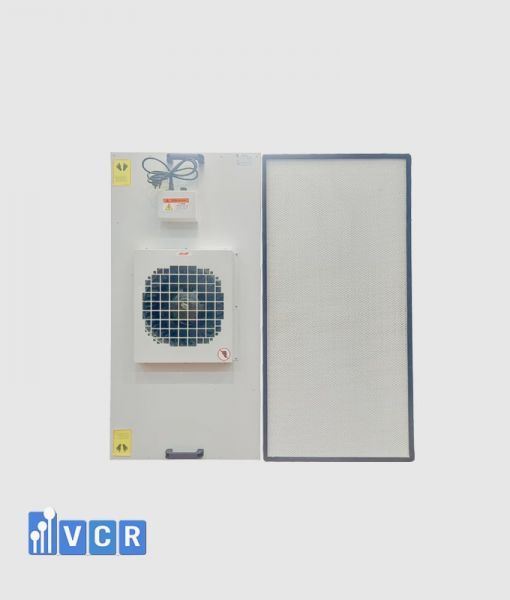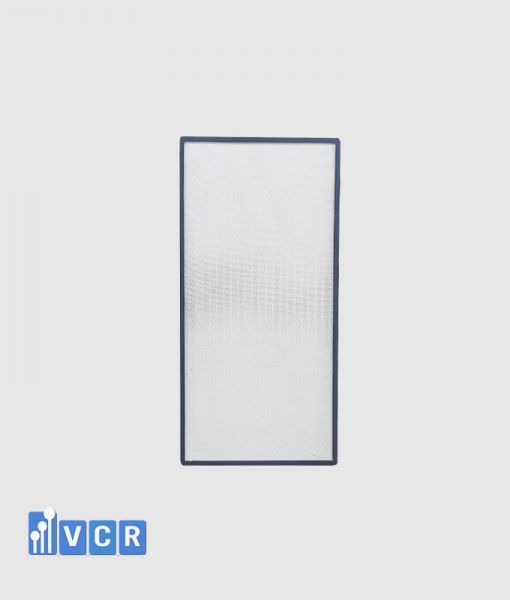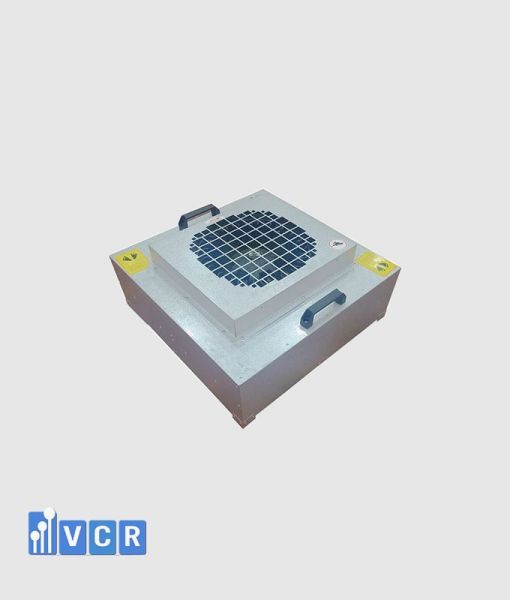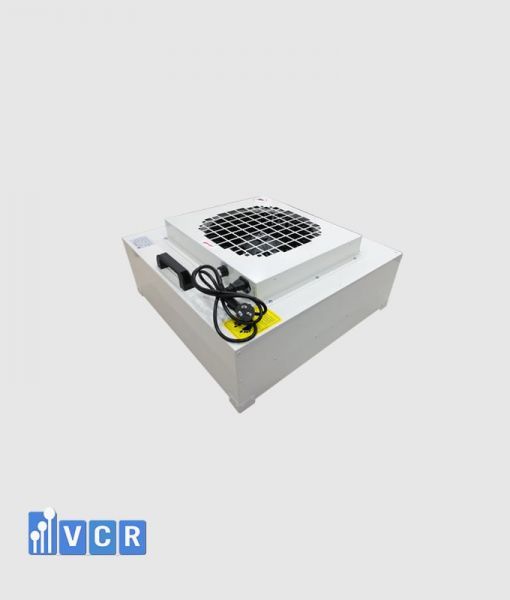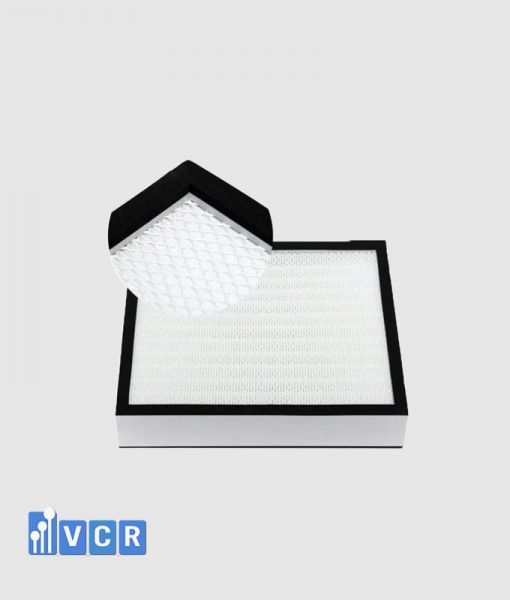In the delicate world of cleanrooms, maintaining pristine air quality hinges on the harmonious interplay between fan filter units (FFUs) and HEPA filters.
While both components are crucial, the air velocity generated by FFUs can significantly influence the performance of HEPA filters FFU. Let's explore this dynamic relationship.
Brownian Motion: A Microscopic Battleground
Imagine tiny particles suspended in the air, constantly bumping into each other and obstacles due to thermal energy. This phenomenon, known as Brownian motion, plays a key role in particle capture by HEPA filters. When the air velocity within the filter is lower, particles have more time to collide with filter fibers, increasing the chances of capture.
See more: Necessary of Fan Filter Units in Cleanroom
The Sweet Spot: Balancing Velocity and Efficiency
Reducing air velocity by half can lead to a tenfold decrease in particle transmission – a testament to the importance of airflow optimization. Conversely, doubling the velocity results in a tenfold increase in transmission, highlighting the delicate balance needed.

See more: Fan Filter Unit Specifications
Electrostatic Power: Charge and Capture
HEPA filters rely on electrostatic forces to capture particles. The longer particles remain in the filter's charged field, the higher the capture probability. By decreasing air velocity, we essentially give particles more "hang time," boosting their chances of getting snagged.
Static Considerations: Minimizing Bypass
When designing cleanroom air conditioning, especially with static-prone materials, minimizing the air volume passing through each filter is crucial. This reduces the potential for "bypass," where unfiltered air sneaks around the filter edges, compromising cleanroom integrity.
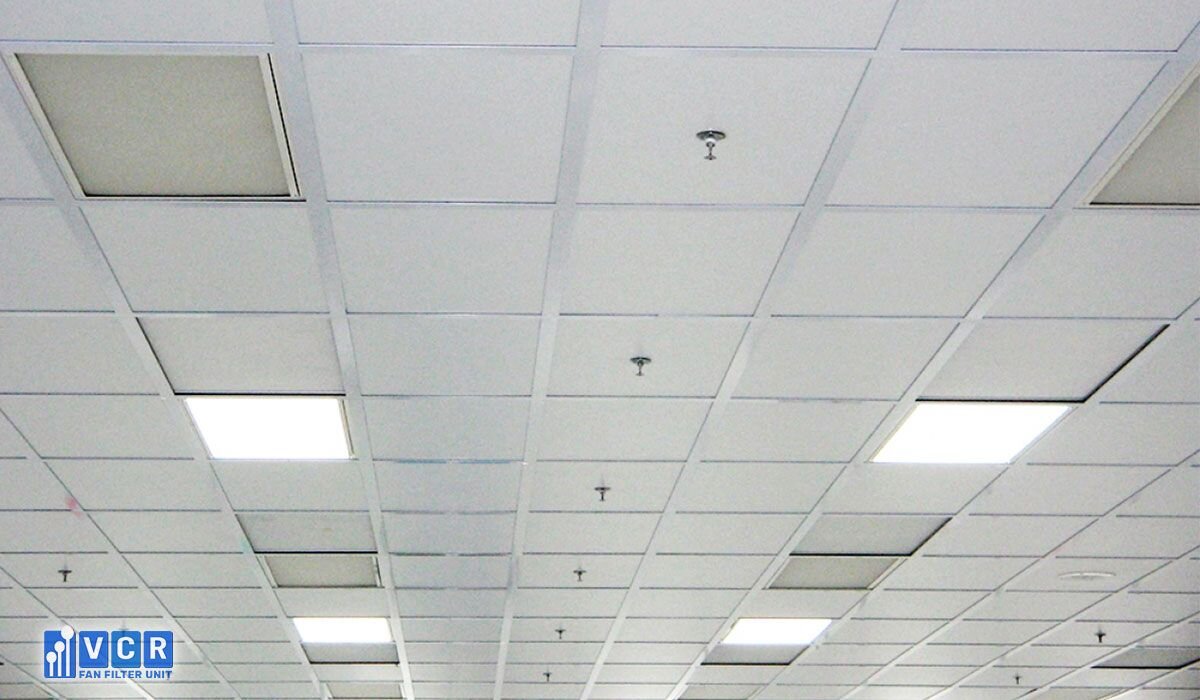
See more: Laminar Airflow Cleanroom Control in FFUs
Beyond Efficiency: The Impact on Filter Lifespan
While reducing air velocity improves filter efficiency, it also decreases the pressure drop across the filter. This translates to a longer lifespan for the filter based on pressure-based replacement criteria. The user might not readily observe the efficiency gain, but the extended filter life offers a clear benefit.
Finding the Optimal Velocity: A Case-by-Case Approach
For HEPA filters, the recommended air velocity falls between 0.01 and 0.04 m/s. Within this range, there's a linear relationship between air volume and filter resistance. For larger filters, consulting the filter supplier for resistance curves becomes crucial as the relationship becomes non-linear at higher velocities.
Note:
- The ideal air velocity for your FFU-HEPA combination depends on your specific cleanroom requirements and filter characteristics.
- Consulting with qualified cleanroom design professionals is crucial to achieve optimal filtration efficiency, filter lifespan, and energy efficiency.
- Balancing air velocity with other factors like noise control and air change rates is essential for creating a healthy and productive cleanroom environment.
By understanding the complex interplay between FFUs and HEPA filters, you can optimize your cleanroom's air filtration system for superior performance and cost-effectiveness.
See more: HEPA Filter Leak Testing in FFU


